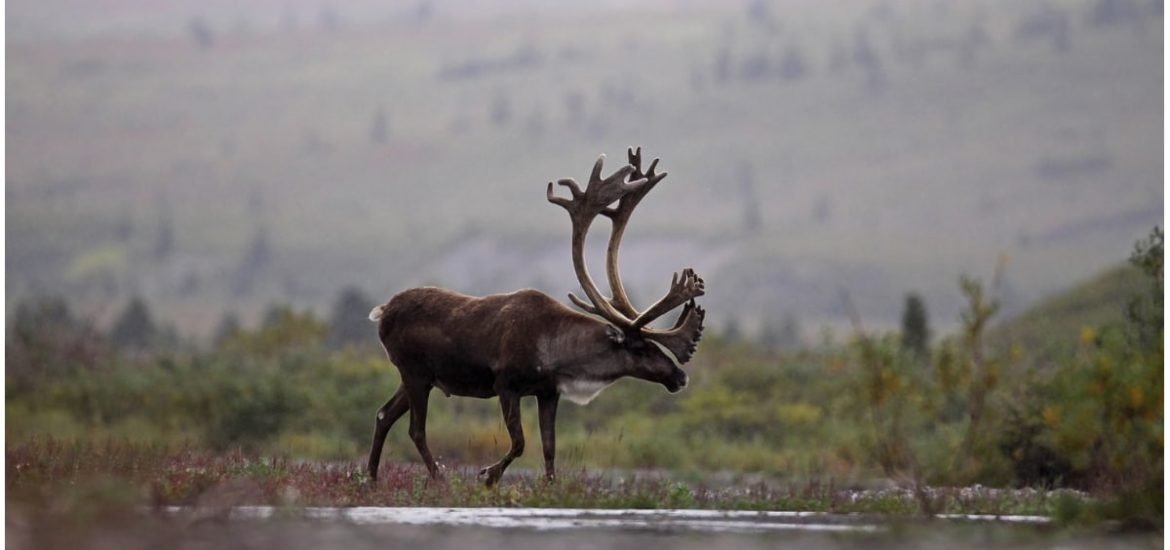
A new special issue on rewilding was published on October 22 in Philosophical Transactions of the Royal Society B, edited by Dr Liesbeth Bakker, an aquatic ecology researcher from the Netherlands Institute of Ecology, together with Dr Jens-Christian Svenning, an ecologist from Aarhus University in Denmark (1). The series of articles delve into a specific type of rewilding called trophic rewilding ― described as “species introductions to restore top-down trophic interactions and associated trophic cascades to promote self-regulating biodiverse ecosystems (2).” In other words, returning ‘missing’ species, such as lions, giant tortoises, dam-building beavers, or herds of grazers, to landscapes in which they once thrived to restore ecosystems.
Human-induced changes to our planet have led to a strong decline in species diversity, mainly due to habitat loss and overexploitation of animal resources. In fact, large herbivores once roamed all of the Earth’s continents, but humans hunting and intensive livestock farming have played a huge role in their steep decline. These huge losses have led to changes in ecosystems, owing to the loss of functions these species once provided. Furthermore, the replacement of native species with cattle has increased methane emissions ― a greenhouse gas that is over 30 times more potent than carbon dioxide.
Human-induced global changes have led to the over-exploitation of living systems, global warming, and exotic species proliferation. In addition, wildfires, flooding, and other extreme events are becoming increasingly more commonplace and only likely to increase in the future. Fire seasons have become 25% longer than they were 30 years ago and more areas are experiencing destructive forest fires. The authors suggest “new thinking is needed to address these pressing societal and biodiversity conservation challenges.”
Rewilding is a “future-oriented process-oriented and non-static restoration strategy” that aims to restore natural processes to ecosystems by reintroducing wildlife species. Bakker and Svenning write, “Rewilding is increasingly implemented in practice globally, with a strong emphasis on Europe and the re-introduction of large herbivores.” While the idea of rewilding is “captivating,” the concept is also hugely controversial. The long-term effects of rewilding are difficult to anticipate. One risk is that rewilding could result in the overproliferation of exotic species and as a consequence, harm biodiversity. Moreover, future warming could affect the success of such intensely debated rewilding schemes.
Urbanisation, biodiversity loss, and climate change are just some of the problems rewilding could help tackle. One encouraging example of the effects of rewilding is the reintroduction of wolves in Yellowstone National Park in the United States in the 1990s. The wolves have caused a “trophic cascade” that has led to increased biodiversity and improved flow of rivers. Other approaches could lead to similarly positive impacts ― beavers could enhance wetland plant diversity and reintroductions of native carnivores could help suppress invasive species.
While reintroducing wildlife could play an important role, any approach has a limit to its effects. Therefore, rewilding should not be considered “the solution” but rather one component that is part of a greater effort to address the climate issue. “These studies demonstrate that trophic rewilding is a promising tool to mitigate negative impacts of global change on ecosystems and their functioning,” write the editors, but the recent series of publications also highlights an urgent need for more data on the potential impacts of rewilding.
(1) Bakker, E.S. and Svenning, J-C. Trophic rewilding: impact on ecosystems under global change. Philosophical Transactions of the Royal Society B (2018). DOI: 10.1098/rstb.2017.0432
(2) Svenning, J-C. et al. Science for a wilder Anthropocene: Synthesis and future directions for trophic rewilding research. Proceedings of the National Academy of Sciences (2015). DOI: 10.1073/pnas.1502556112